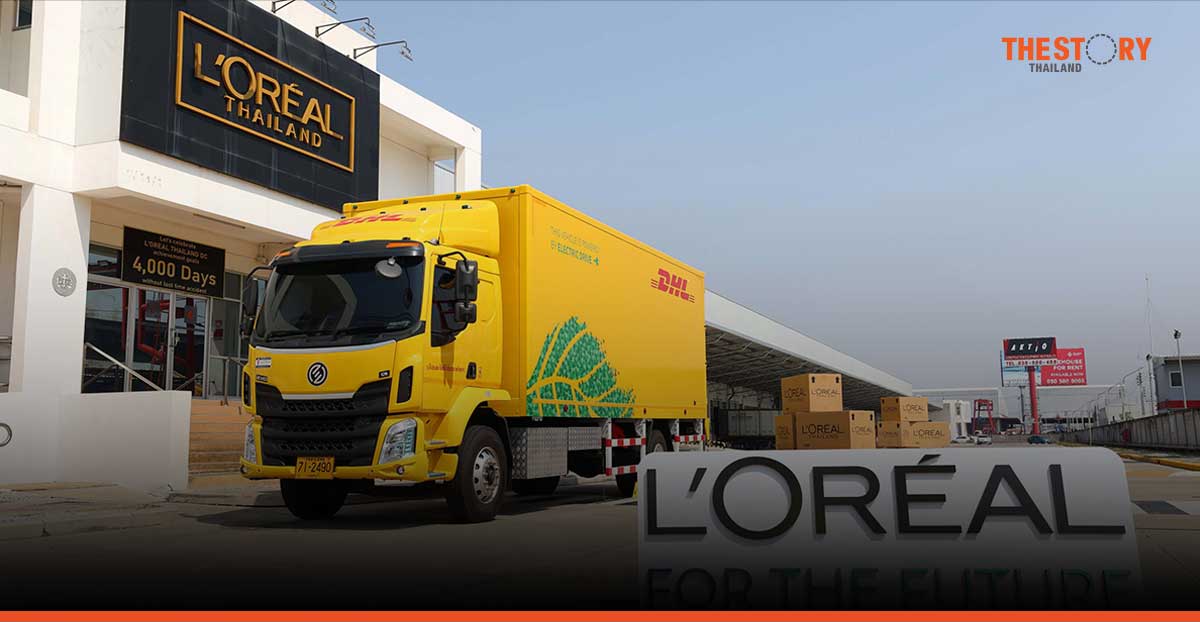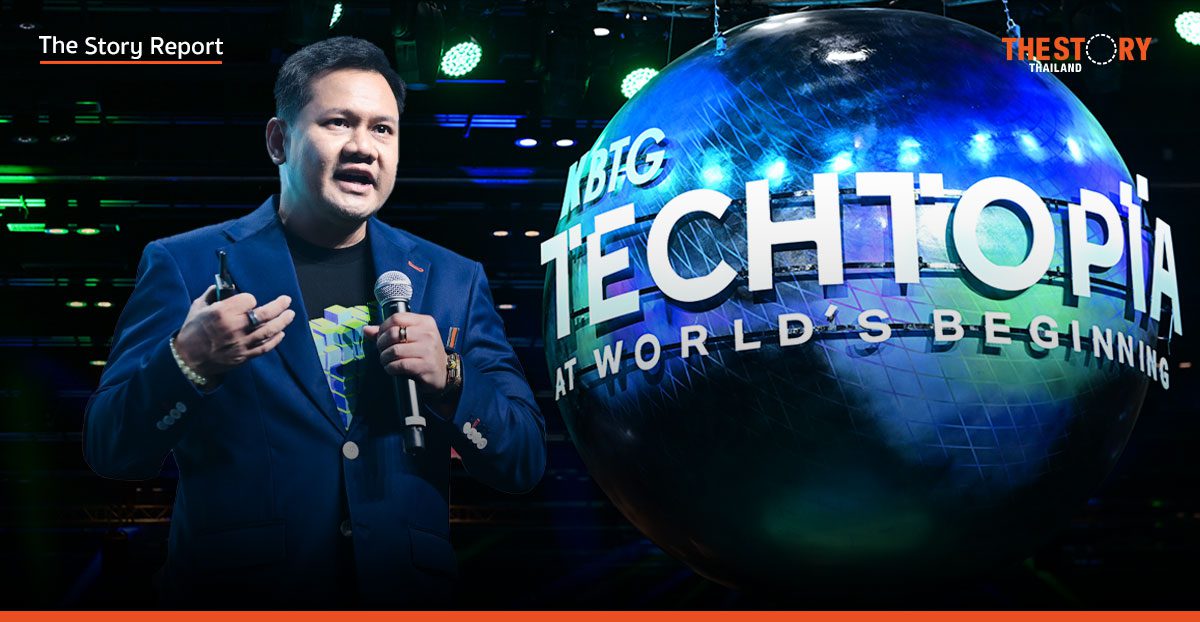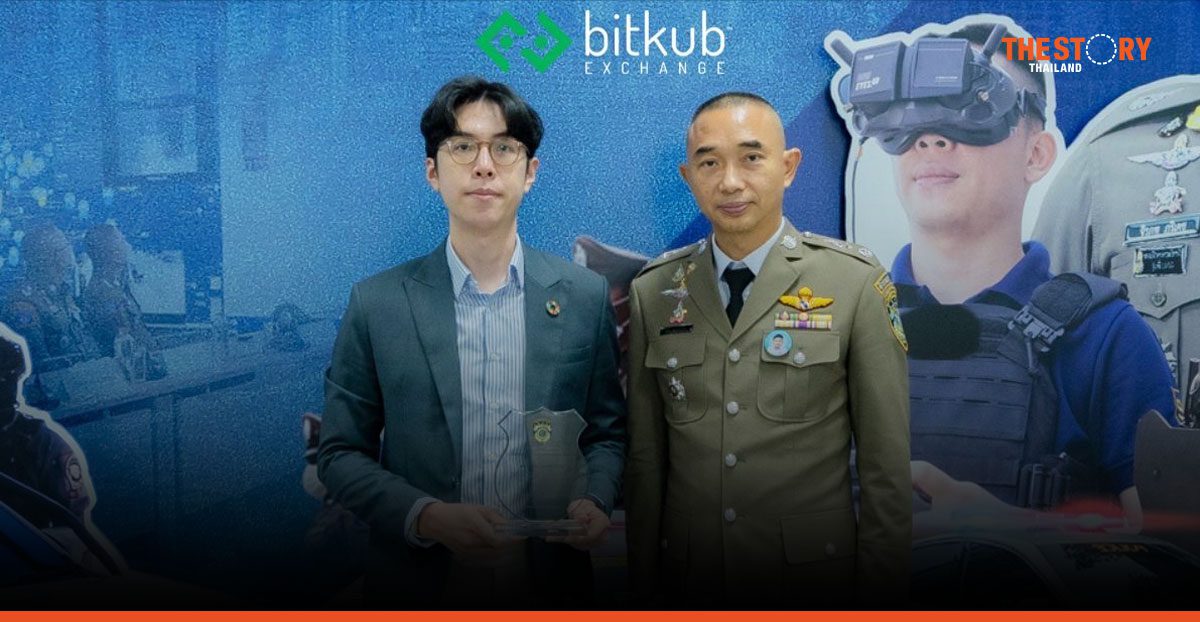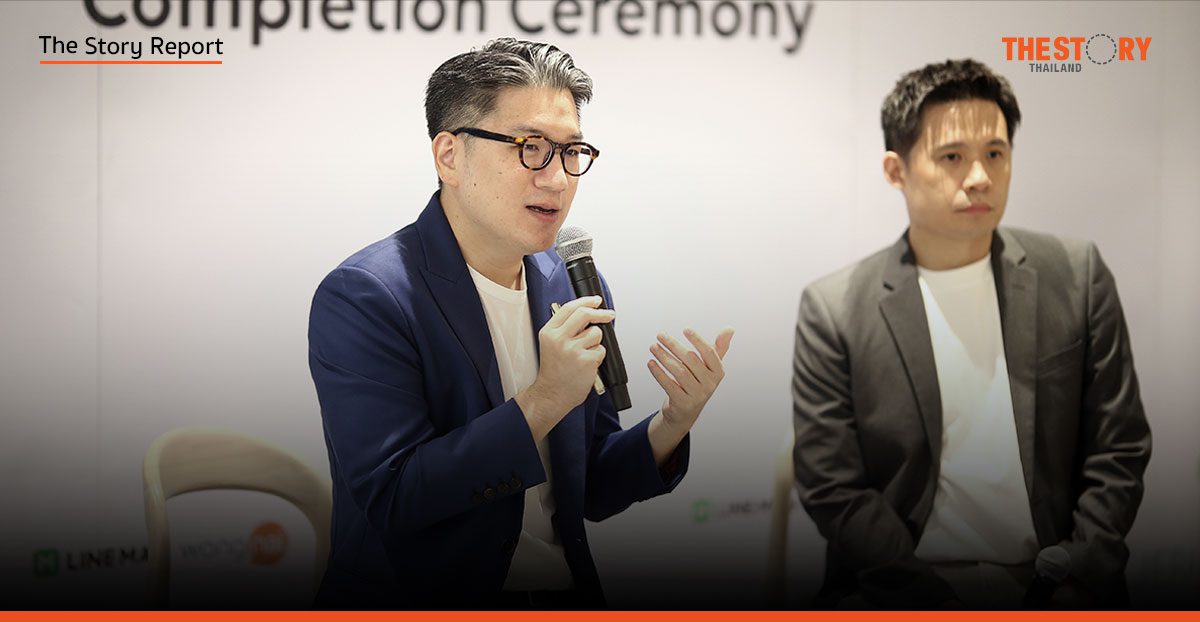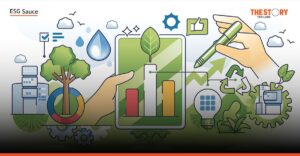L’Oréal has reached 100% renewable energy across its operated sites in the South Asia Pacific, Middle East & North Africa (SAPMENA) Zone, including Thailand, as at end-2023. This spans all factories, distribution centres, administrative offices and a research & innovation centre within the Zone. This is a significant step in the Zone’s sustainability journey and comes amidst a period of dynamic growth for L’Oréal SAPMENA, with double-digit production output and sales growth since 2021.
“Sustainability is at the heart of our business growth strategy. L’Oréal’s SAPMENA Zone covers an expansive geography spanning from New Zealand to Morocco and is a major growth engine for L’Oréal where one in two new consumers will come from in the next decade. This region is one of the most affected by climate change and it is critical as the world’s leading beauty player that we embed sustainable practices into our operations as we grow. Reaching 100% renewable energy is significant, and I’m very proud of my team’s efforts to accelerate and meet this commitment ahead of our 2025 timeline. We’re not stopping here, it is one step of many in our sustainability journey and our commitments extend far beyond,” said Vismay Sharma, President of L’Oréal SAPMENA Zone.
Diverse solutions for a diverse region
With 23 operating sites spanning a vast geography, L’Oréal SAPMENA requires diverse renewable energy solutions ranging from solar deployments to existing hydro dams, to choosing electric boilers over fossil fuel powered ones. Where on-site renewable energy production is not possible, L’Oréal SAPMENA has secured long-term Power Purchase Agreements (PPAs) and/or uses green supply contracts and energy attribute certificates.
L’Oréal SAPMENA’s multi-prong strategy to reach 100% renewable energy includes:
- Reducing energy consumption & withdrawal across all SAPMENA: Implementing energy-efficient equipment and practices across all 23 operating sites1. In 2023, overall energy intensity across SAPMENA decreased by 18% compared with 2019.
- Factories using diverse renewable energy solutions: L’Oréal SAPMENA’s four factories in Egypt, India and Indonesia use renewable energy sourced from wind, biomass, hydro or solar power, to reduce the greenhouse gases produced during operations. For example, all four factories eliminated fossil fuel powered boilers and instead use electric or biomass/ biofuel boilers.
- Increasing on-site renewable energy generation at all other sites: Where feasible, L’Oréal has installed photovoltaic solar panels at its offices and distribution centres, ranging from ground-mounted systems, rooftop installations and car park canopies.
For Thailand, L’Oréal is committed to reducing its environmental impact through various initiatives. These include reducing greenhouse gas emissions by implementing electric trucks for deliveries in Bangkok and its vicinity and limiting air freight imports, establishing a green distribution center and a new, more sustainable office. Opened in 2024, the new L’Oréal Thailand headquarters incorporates smart energy-efficient systems for lighting and temperature control, all as part of L’Oréal’s drive towards business sustainability.
In pursuit of Net Zero
Sustainability is an ongoing journey that spans every stage of the value chain, and reaching 100% renewable energy in 2023, two years ahead of the 2025 commitment, is a milestone in L’Oréal SAPMENA’s broader sustainability efforts. L’Oréal will continue to invest in and uphold its commitment to operate with 100% renewable energy and manage energy efficiently across all our sites in the years ahead.
L’Oréal is committed to addressing carbon reduction in packaging, logistics, and transportation, and investing in upskilling and educating strategic suppliers. By 2030, we will innovate to enable our consumers to reduce the greenhouse gas emissions resulting from the use of our products by 25% compared to 2016, on average and per finished product.
Globally, the L’Oréal for the Future program, launched in 2020, embodies the Groupe’s sustainability ambition built around three major strategic aspects:
- Transforming business activities to respect planetary boundariesby limiting the impact on climate, water, biodiversity, and resources;
- Empowering its business ecosystem to transition to a sustainable world; and
- Contributing to solving the challenges of the world by supporting urgent social and environmental needs.
amfori Asia sustainability summit 2024, Shaping responsible supply chains for a sustainable Future
Gartner predicts power shortages will restrict 40% of AI data centers by 2027


